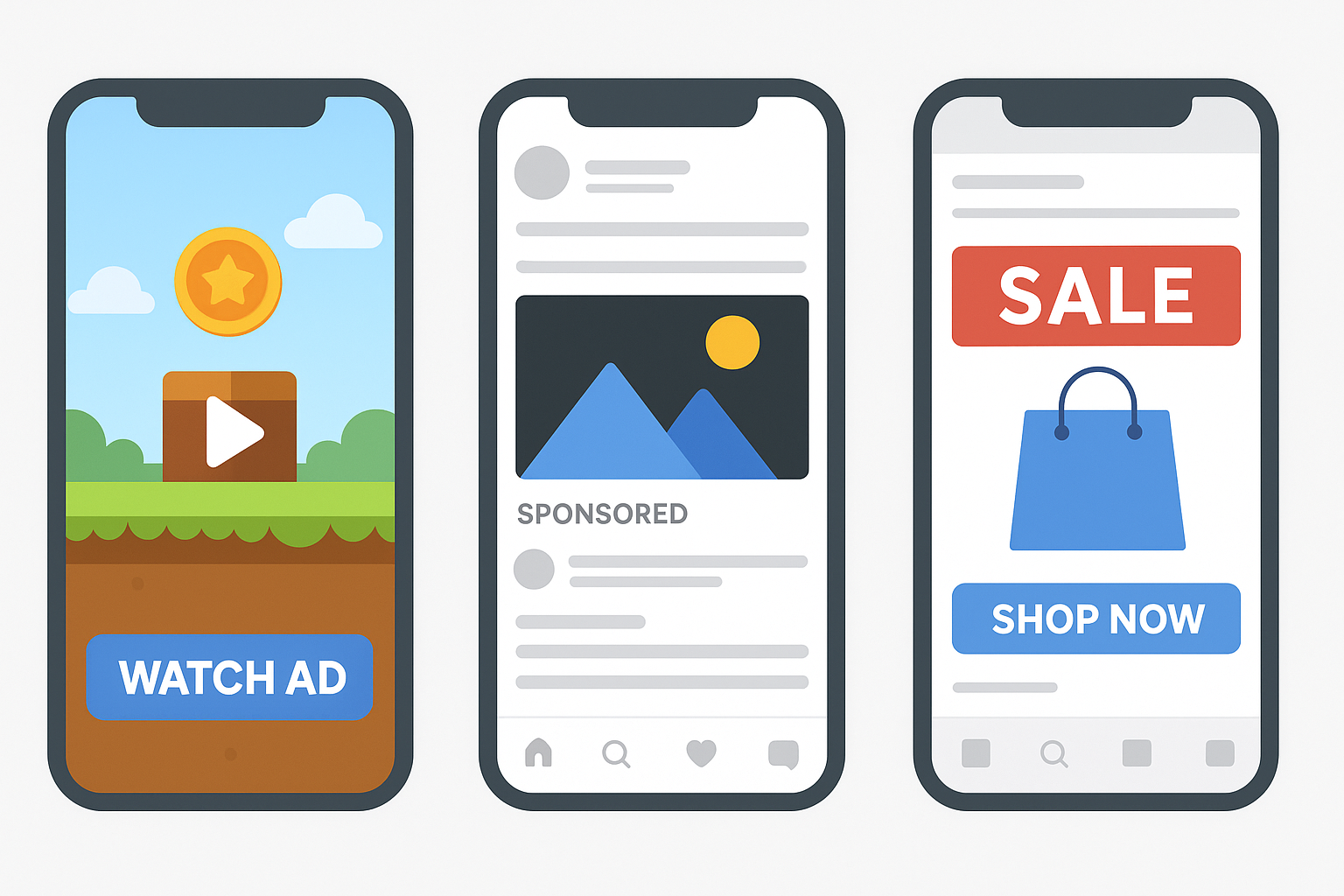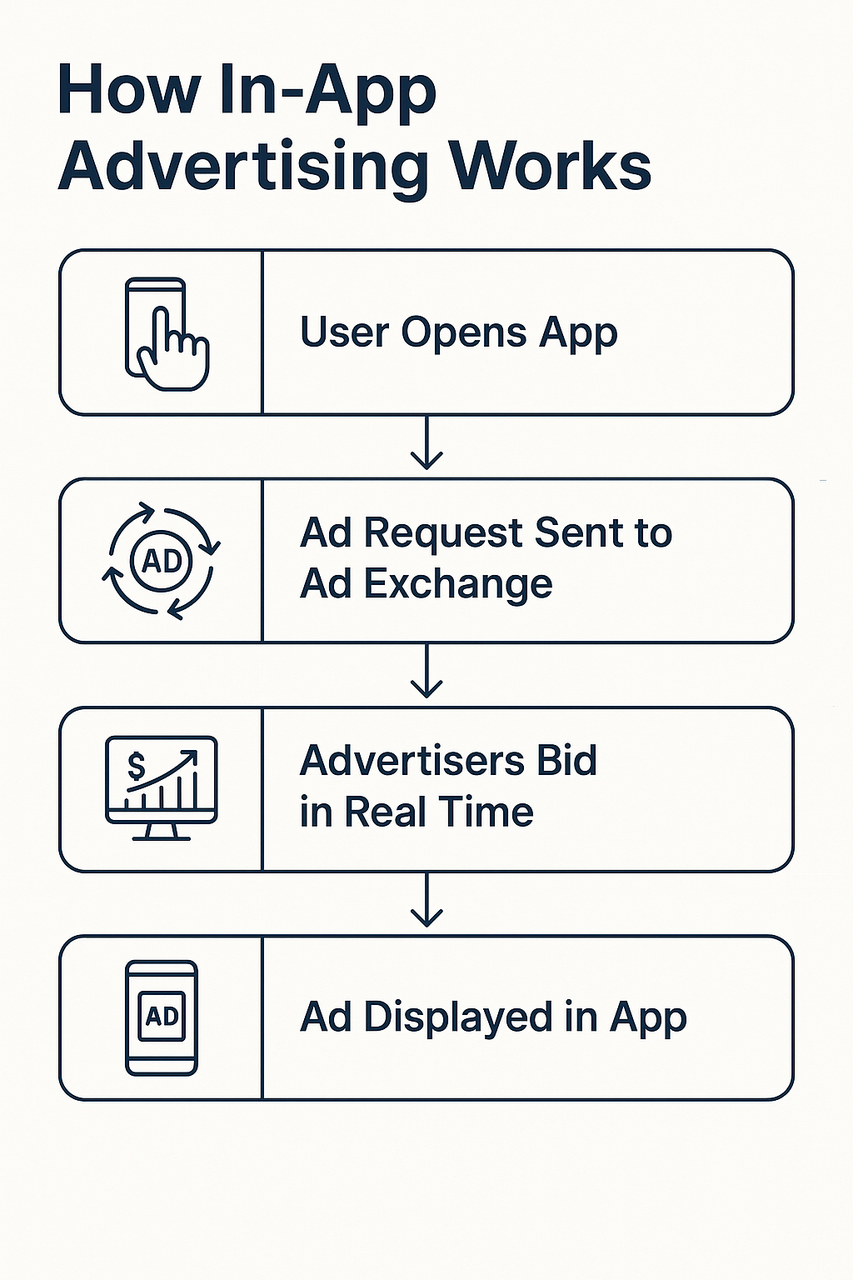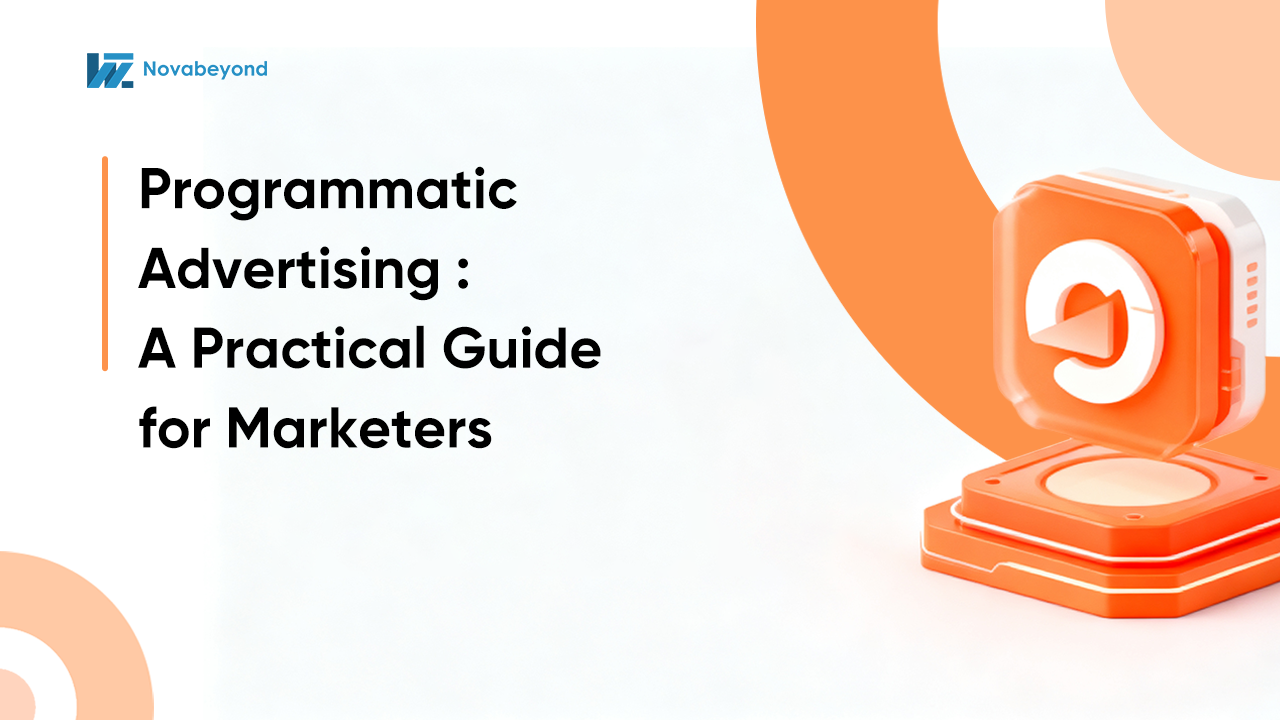Over the past decade, the number of smartphones in use worldwide has continued to rise, with mobile usage consistently outpacing desktop. As user attention moved decisively to mobile phones, advertising budgets followed. Brands discovered that the most effective way to capture user intent is within the very apps where consumers spend 90% of their digital time—rewarded videos in games, native feeds in social platforms, splash screens in e-commerce apps. Mobile ad spend has climbed year after year, becoming the backbone of performance marketing.
Below, we unpack what in-app advertising is, walk through its mechanics, and lay out proven tactics for rolling it out successfully.
What Is In-App Advertising?
In-app advertising refers to the placement of digital ads directly within mobile applications. Unlike traditional web advertising, it leverages app environments to deliver highly targeted, contextually relevant messages to users while they are actively engaged. This makes it one of the most effective channels for publishers to monetize traffic and for advertisers to reach precise audiences at scale.

Put simply, in-app advertising means showing ads inside the apps you already use every day—like a rewarded video in a mobile game, a sponsored post in a social feed, or a banner on a shopping app’s homepage.
Main Formats of In-App Ads

1. Banner Ads: Small rectangular ads placed at the top or bottom of an app screen. They are low-cost and provide steady visibility, but users often ignore them if not designed well.
2. Video Ads:Short video clips, usually 15–30 seconds, shown inside apps. They are engaging and good for storytelling, with rewarded videos in games being especially popular because users get bonuses for watching.
3. Rich Media Ads :Interactive ads that go beyond static images or videos by adding features like swiping, tapping, or animations. They make users actively participate, which improves recall and engagement.
4. Native Ads:Ads designed to look and feel like regular app content, such as sponsored posts in a social media feed. They are less disruptive and more trusted, leading to higher acceptance by users.
How In-App Advertising Works
In-app advertising operates through a programmatic ecosystem that connects three key players: publishers, advertisers, and technology platforms. Publishers (app developers) make ad space within their apps available, advertisers compete to reach their target audiences, and ad networks or demand-side platforms (DSPs) match supply with demand in real time.
● The process begins the moment a user opens an app. At that instant, the app signals an available ad slot, and this request is sent to an ad exchange.
● Multiple advertisers then participate in an automated auction where networks or exchanges determine the winning advertiser.
● Within milliseconds, the highest bidder’s creative is delivered and displayed in the app.

Strategies for in-app advertising
Here are some best practices and strategies for in-app advertising:
1. User Segmentation:Divide users into groups based on behavior, interests, or demographics to deliver more relevant ads that feel personalized.
2. Strategic Ad Placement:Show ads during natural breaks — between levels, after task completion, or while content loads — instead of interrupting active use.
3. User Experience First:Limit frequency, avoid intrusive formats, and use rewarding or value-adding ads to keep users engaged and satisfied.
4. A/B Testing:Continuously test formats, placements, and messaging to see what performs best and optimize accordingly.
5. Data & Analytics:Use performance metrics and behavioral data to refine targeting, prioritize effective formats, and improve ROI over time.
In-app advertising now anchors both monetization and mobile marketing: match the right format to the moment, plug into the right partners, and iterate with real-time data, and both publishers and advertisers see compounding growth. The trick is keeping the equation balanced—business results on one side, a friction-free user experience on the other.
That balance is exactly what we obsess over at Novabeyond. Our local enriched in-app traffic turns this playbook into repeatable performance, helping advertisers scale user acquisition across every corner of the globe—without ever tipping the experience scales.





